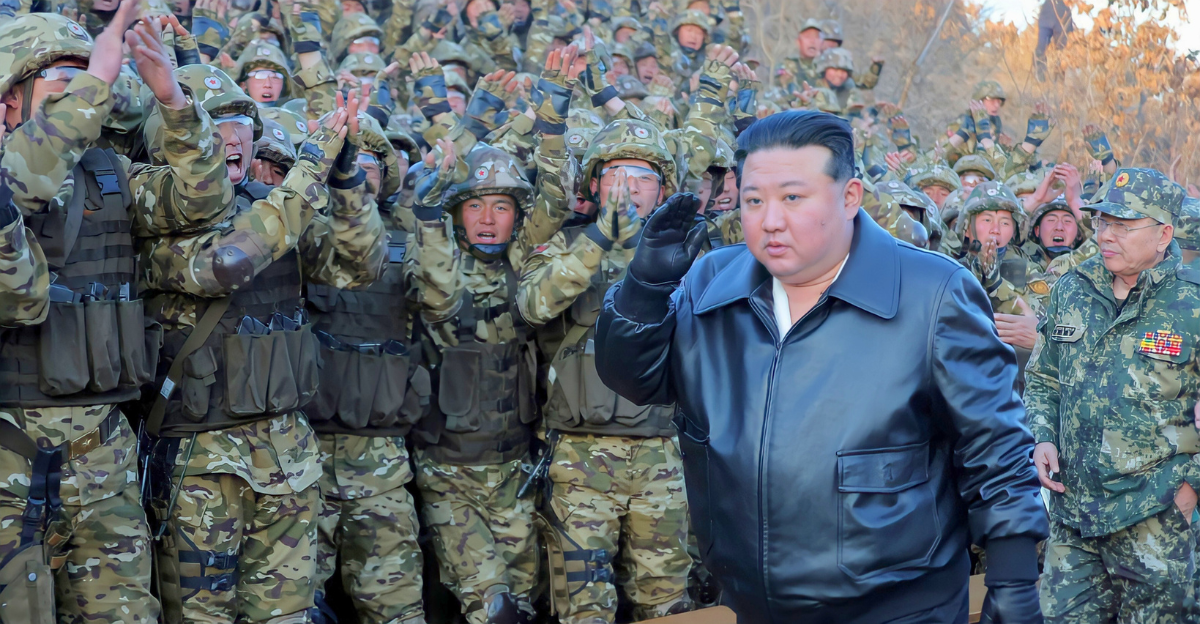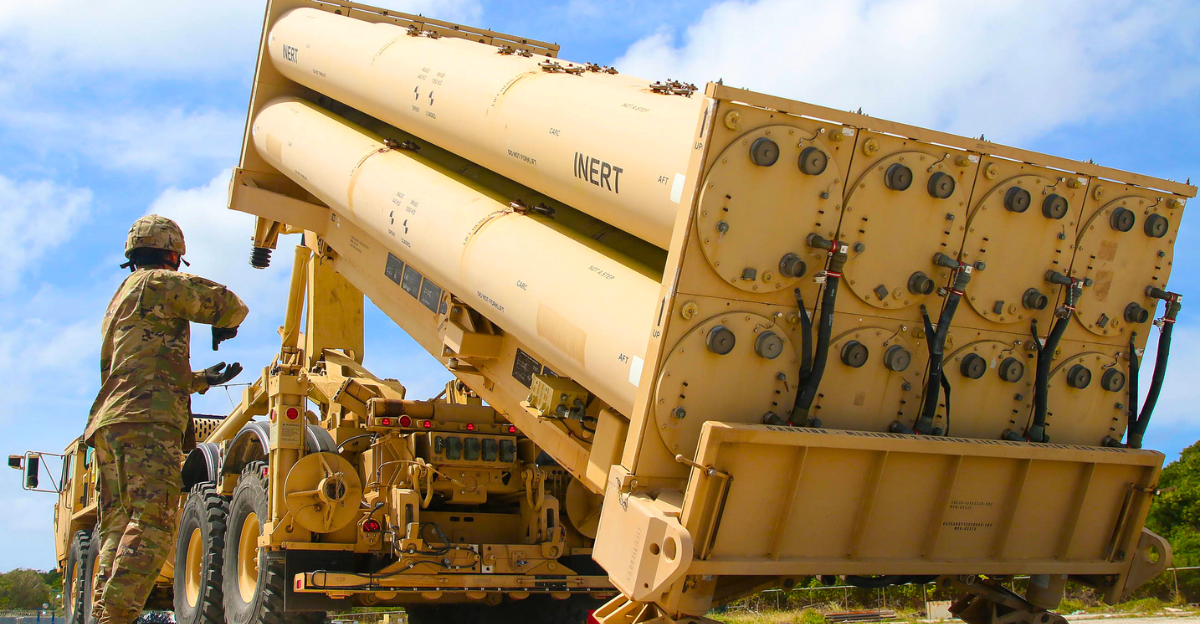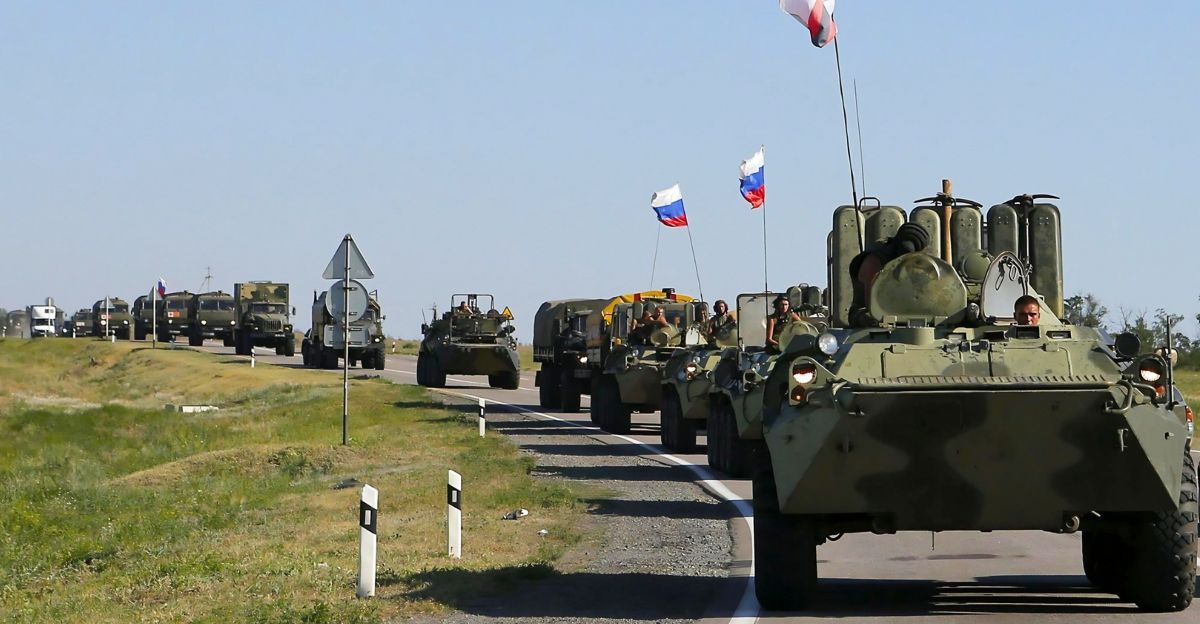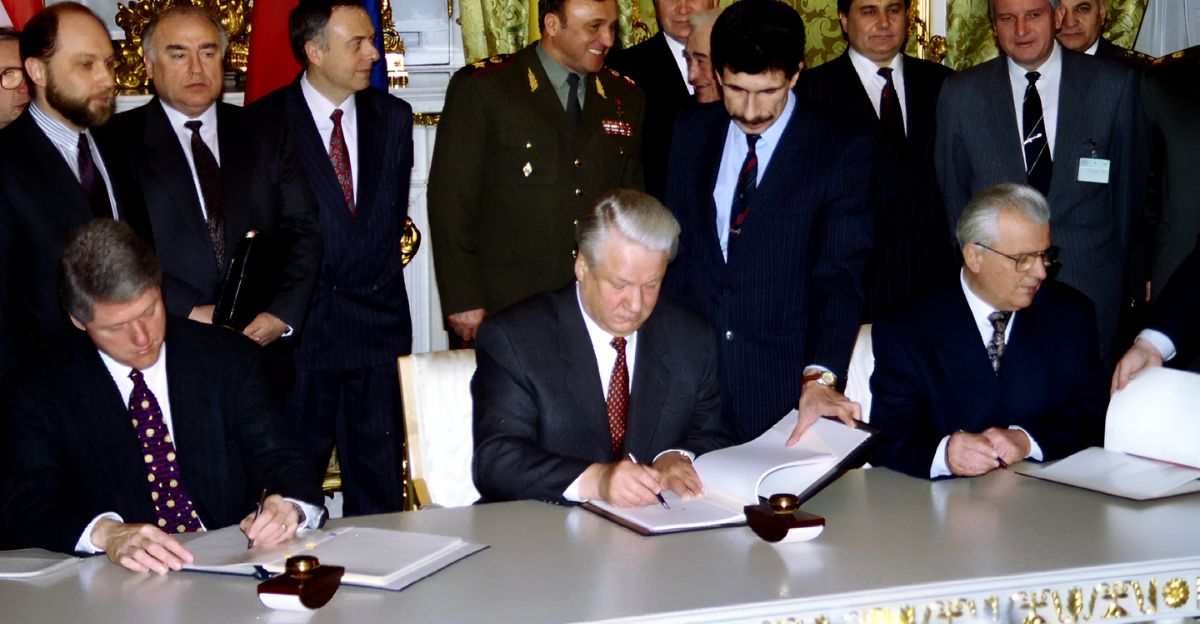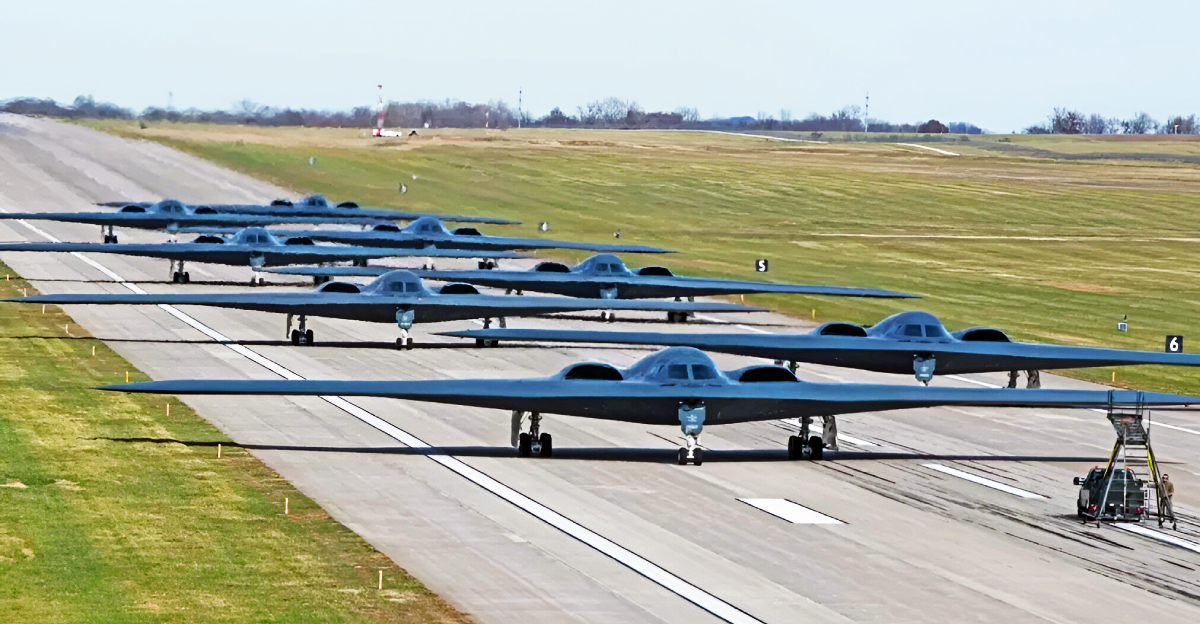
As President Trump’s “ultimate ultimatum” to Iran echoes through diplomatic circles with demands for “UNCONDITIONAL SURRENDER,” a quieter but no less urgent drama is playing out in the skies above Central Asia.
Just days after Israel launched strikes on Iranian nuclear facilities, three massive Boeing 747 cargo planes departed from Chinese cities, including Shanghai, on nearly identical westbound routes. Then, just short of Iranian airspace, they vanished.
Despite flight plans listing Luxembourg as their destination, none appeared in European airspace. The discrepancy has raised serious questions about possible Chinese military aid to Tehran at a critical moment. As Iran stands firm against Trump’s demands, these covert deliveries may shift the balance in what could become the most volatile Middle East conflict in decades.
Operation Rising Lion: Israel Strikes First
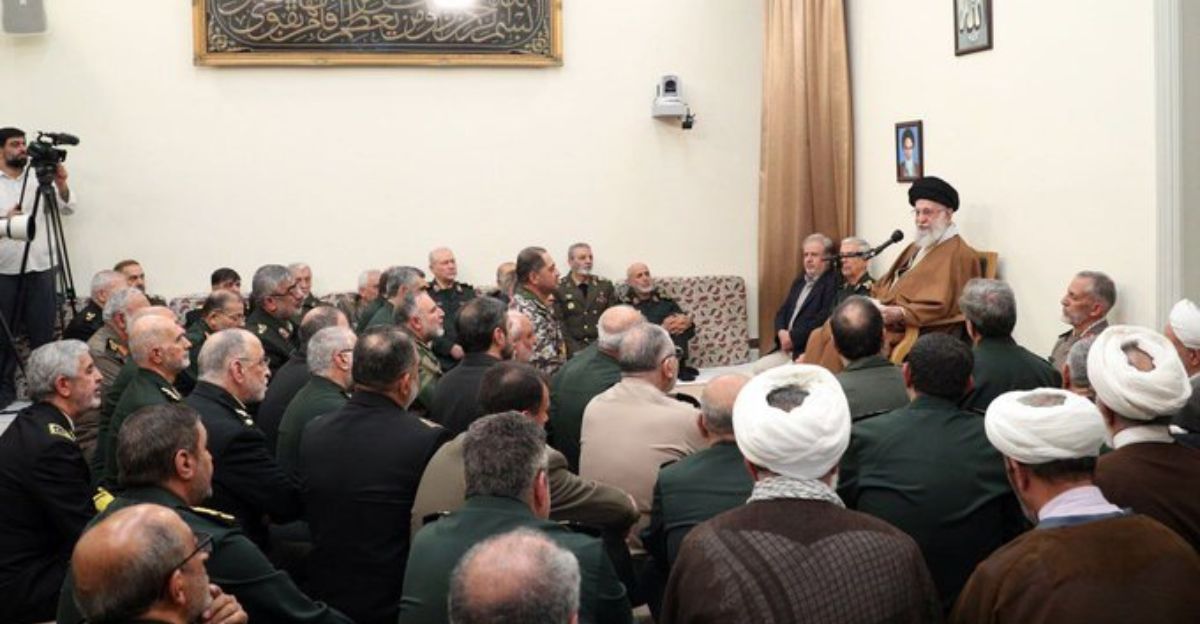
The current crisis began with Israel’s Operation Rising Lion, a coordinated air and drone assault on Iranian military and nuclear infrastructure. High-level casualties included senior commanders in Iran’s Revolutionary Guard and several nuclear scientists. The operation also targeted ballistic missile sites.
According to Iranian human rights organizations, 639 people were killed, including 263 civilians, with more than 1,300 others wounded. Iran responded with around 400 missiles and hundreds of drones aimed at Israel, causing at least 24 deaths and injuring hundreds more. The exchange marked one of the most intense military confrontations between the two nations in decades, with Israeli forces continuing airstrikes in response.
The Ultimatum: Trump’s Final Warning to Tehran

The standoff intensified when President Trump issued what he called “the ultimate ultimatum” to Iran in mid-June 2025. This demand followed weeks of tension and came on the heels of remarks made in Saudi Arabia, where Trump warned that “the moment for them to make a decision is now.”
His conditions were unequivocal: Iran must cease uranium enrichment, dismantle all nuclear facilities not tied to civilian use, including the fortified Fordow site, and accept continuous international monitoring.
Meanwhile, Pentagon officials were already preparing. Thousands of defensive munitions were quietly rerouted from Ukraine to the Middle East in case Israel needed support. With Iran refusing to yield, the region faces a growing risk of open conflict.
The Mysterious Cargo: What’s Inside Those Chinese Planes?
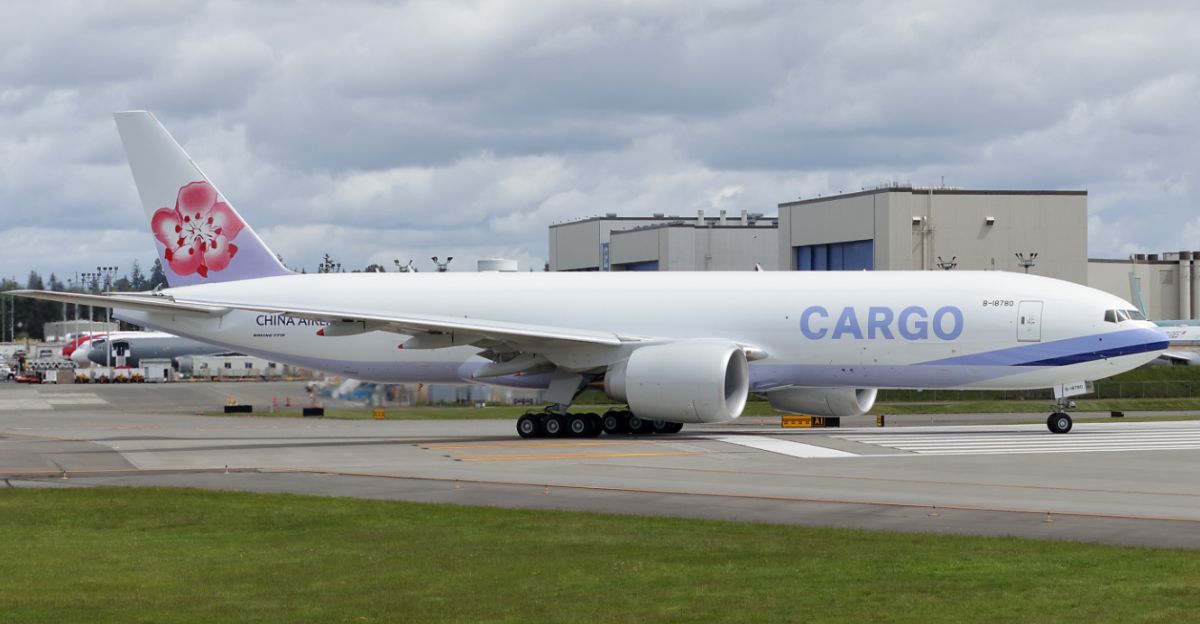
Flight tracking data revealed a concerning pattern. Three Boeing 747 cargo planes left China on consecutive days following Israel’s initial strikes. Each took a westward route across northern China, entered Kazakhstan, then veered south through Uzbekistan and Turkmenistan, before vanishing near the Iranian border. Their official flight plans listed Luxembourg as the destination, yet none appeared over Europe.
Aviation analysts flagged the unusual route and timing. These cargo planes are often used under government contracts to move heavy military equipment. Given the context, the suspicion is clear: these flights may have carried weapons or other defense materials that could violate global sanctions and shift the regional balance of power.
The China-Iran Strategic Partnership: Oil, Influence, and Opposition to the West
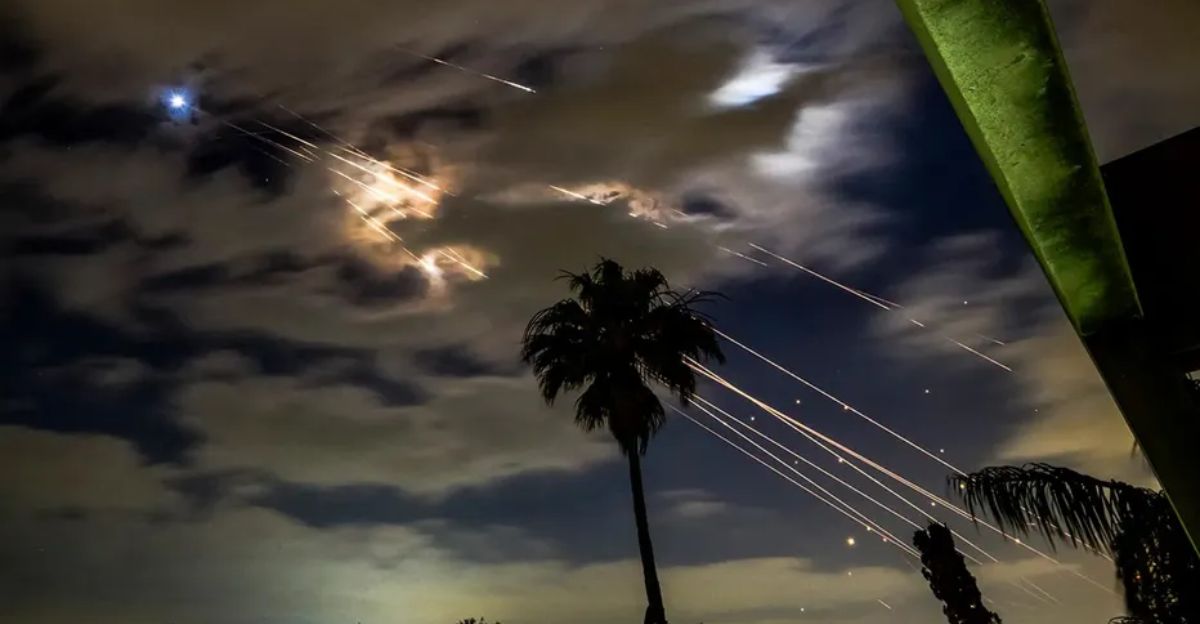
At the heart of the China-Iran relationship is a shared resistance to U.S. global dominance. Iran supplies China with as much as two million barrels of oil per day, making it a top energy partner.
In 2023, China brokered a surprise reconciliation between Saudi Arabia and Iran, asserting itself as a new diplomatic player in the region. Beijing has since pulled Iran closer through the Shanghai Cooperation Organization and the Belt and Road Initiative, two efforts aimed at countering U.S. influence.
Iran’s strategic location near the Strait of Hormuz and the Chinese-built Gwadar port in Pakistan makes Tehran vital to Beijing’s long-term plans. A regime collapse would be a major loss for China’s regional interests.
Military Cooperation: The Hidden Dimension of China-Iran Relations
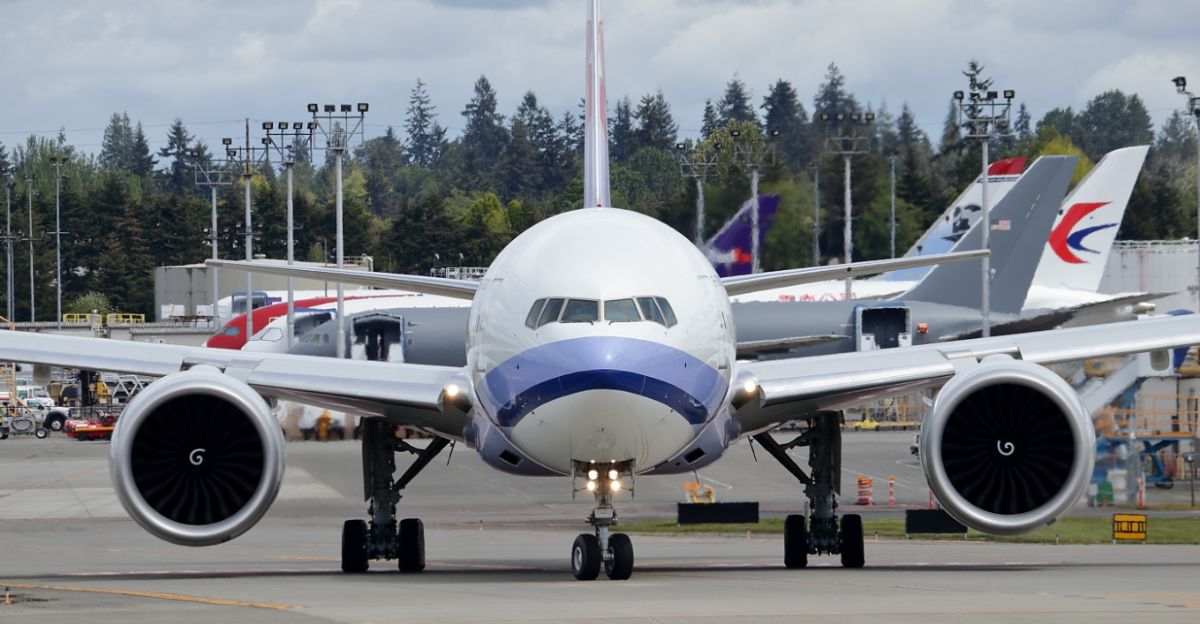
While economic ties between China and Iran are well known, military cooperation remains far more sensitive. In March 2025, the two nations joined Russia in joint exercises in the Gulf of Oman, near the Strait of Hormuz. Earlier this year, reports emerged that Iranian cargo ships had left Chinese ports carrying over a thousand metric tons of ammonium perchlorate, a key missile propellant.
The U.S. has also accused Chinese companies of sending drone parts to Iranian firms. Against this backdrop, the mysterious 747 flights could represent an escalation, possibly delivering advanced weaponry, missile components, or personnel. Still, China must weigh this support carefully given its regional ties and ongoing trade disputes with the U.S.
The B-2 Spirit: America’s Stealth Response
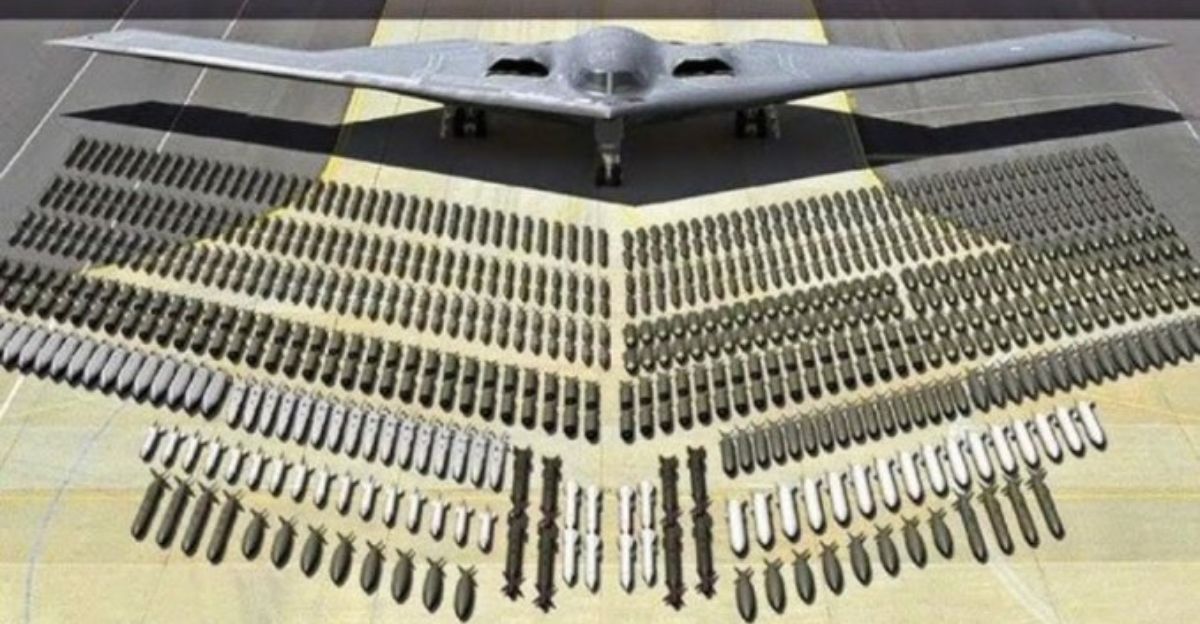
In response to reports of Chinese cargo activity near Iran, the Pentagon rearmed six B-2 Spirit stealth bombers, some of the most advanced aircraft in the U.S. arsenal.
Each is worth over $2 billion and designed to avoid detection, with radar signatures reportedly as small as a bird’s. The B-2 is built for both conventional and nuclear missions, capable of carrying up to 40,000 pounds of munitions. That includes the GBU-57 Massive Ordnance Penetrator, a 30,000-pound bomb made to destroy hardened underground targets.
With these bombers now prepped, the U.S. appears ready to support Israel, or act directly, if diplomacy fails to de-escalate the crisis.
The Fordow Challenge: Iran’s Mountain Fortress

Iran’s Fordow facility is at the center of the nuclear standoff. Buried 80 to 110 meters deep inside a mountain near Qom, the site is nearly immune to standard airstrikes. Fordow contains advanced IR-6 centrifuges capable of enriching uranium to 60%, and past inspections by the IAEA have found traces at 83.7%, just shy of weapons-grade.
Only the U.S., using the GBU-57 dropped by a B-2, is believed capable of destroying this site. Israel lacks that capacity without direct U.S. support or multiple air raids. The B-2’s ability to strike deep while remaining undetected makes it the only aircraft suited for the job.
Diego Garcia: America’s Strategic Outpost
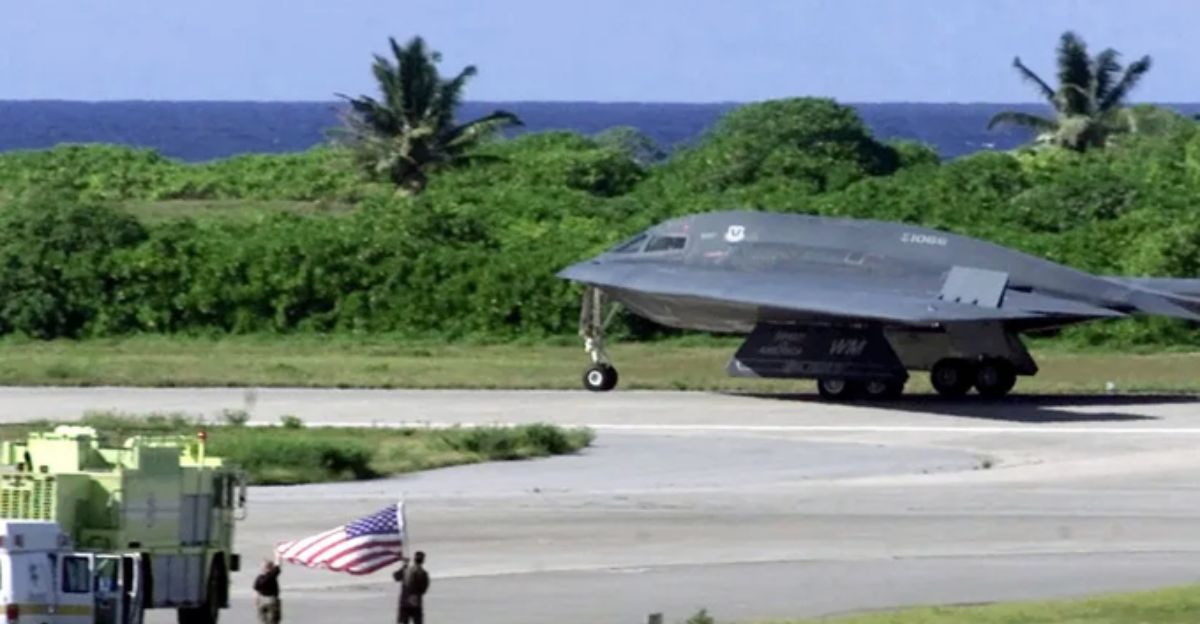
In March 2025, the U.S. deployed six B-2 bombers to Diego Garcia, a joint U.S.–British base in the Indian Ocean. This location provided fast access to Iran and supported concurrent operations in Yemen.
But recent reports show those B-2s were swapped out for B-52s, suggesting a possible change in U.S. strategy. If B-2s are now operating from Whiteman Air Force Base in Missouri, future strikes on Fordow would require a round-trip of over 11,000 kilometers with mid-air refueling.
While B-52s can carry long-range cruise missiles, only B-2s can deliver the GBU-57. This redeployment hints at either a de-escalation or preparations for a broader campaign launched from U.S. soil.
The Next Two Weeks: Waiting for Trump’s Decision

Tensions are now at a breaking point. President Trump has announced he will decide within two weeks whether to take military action against Iran.
According to Press Secretary Karoline Leavitt, Iran already has everything it needs to build nuclear weapons, needing only a final order from Supreme Leader Ali Khamenei. While Trump demands “unconditional surrender,” he has also hinted that Iran may be open to direct talks.
“It’s very late,” he warned, noting how fast the strategic picture has changed. As Israel’s airstrikes continue and mysterious Chinese deliveries raise fresh alarms, the world waits. What Trump chooses next may decide whether this stays a regional fight, or becomes something far bigger.
Uncover more fascinating moments from history — and hit Follow to keep the stories flowing to your feed!

Don’t miss more incredible stories from the past! Tap Follow at the top of this article to stay updated with the latest historical discoveries. Share your thoughts in the comments — we’d love to hear your perspective!

